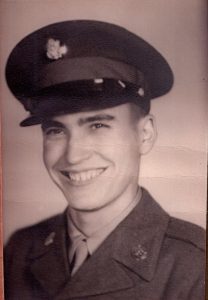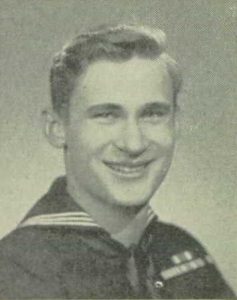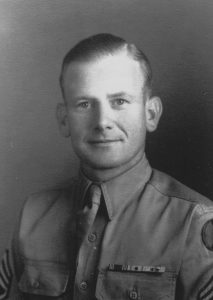John Michael McDonnell, age 22, from Pennsylvania, Philadelphia county.
Service era: Korea
Date of death: Tuesday, September 4, 1951
Death details: On September 3, 1950, the 8th Cavalry Regiment and the 2nd Engineer Battalion, both elements of the 1st Cavalry Division, were holding a defensive line between Tabu-dong and Taegu at the upper end of the Naktong Perimeter. Company F of the 8th Cavalry, defending Hill 448, was attacked by elements of North Korea’s 13th Infantry Division and forced to retreat to Hill 449, defended by Company G of the 8th Cavalry. The 8th Cavalry Regiment found itself cut off from its supply train and withdrew from the area to keep from being surrounded by the enemy. Upon reaching the village of Tabu-dong, members of Companies D and E of the 8th Cavalry became involved in hut-to-hut fighting before they could retreat. Meanwhile, elements of the 2nd Engineer Battalion, which had been ordered to take and hold Hill 755, were also forced to withdraw. United States forces did not re-take this territory until September 21, 1950. Sergeant First Class John Michael McDonnell, who joined the U.S. Army from Pennsylvania, served with D Company, 8th Engineer Combat Battalion, 1st Cavalry Division. His unit supported the 8th Cavalry Regiment during the battle for Hill 755, and he went missing during the withdrawal of U.S. forces from the area. He is believed to have been taken prisoner by North Korean soldiers and died as he was marched north into North Korean territory. His remains have not been recovered. Today, Sergeant First Class McDonnell is memorialized on the Courts of the Missing at the National Memorial Cemetery of the Pacific.
Source: National Archives, Defense POW/MIA Accounting Agency



